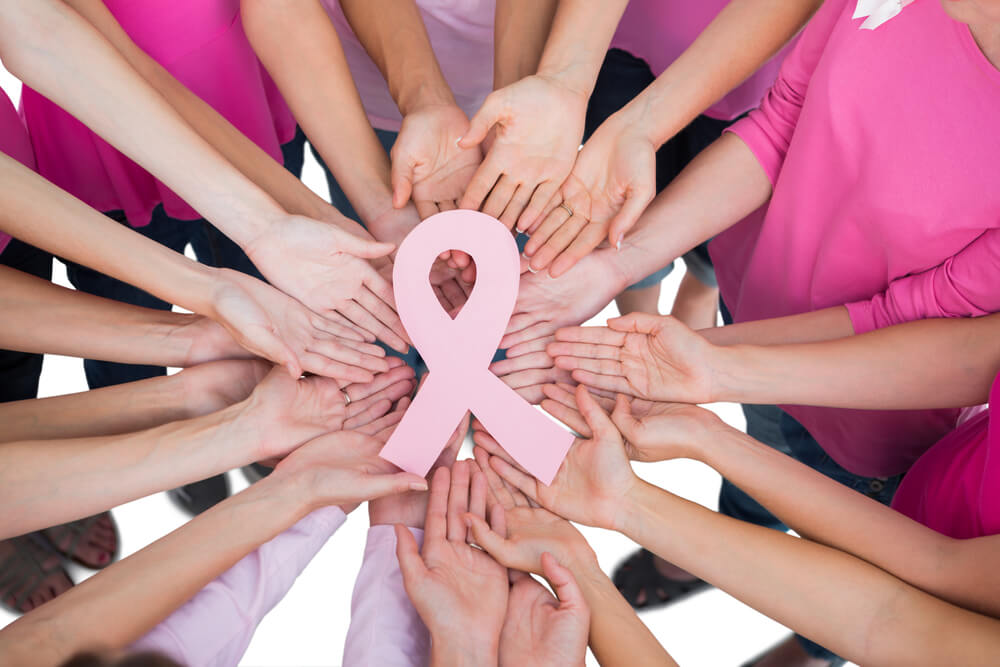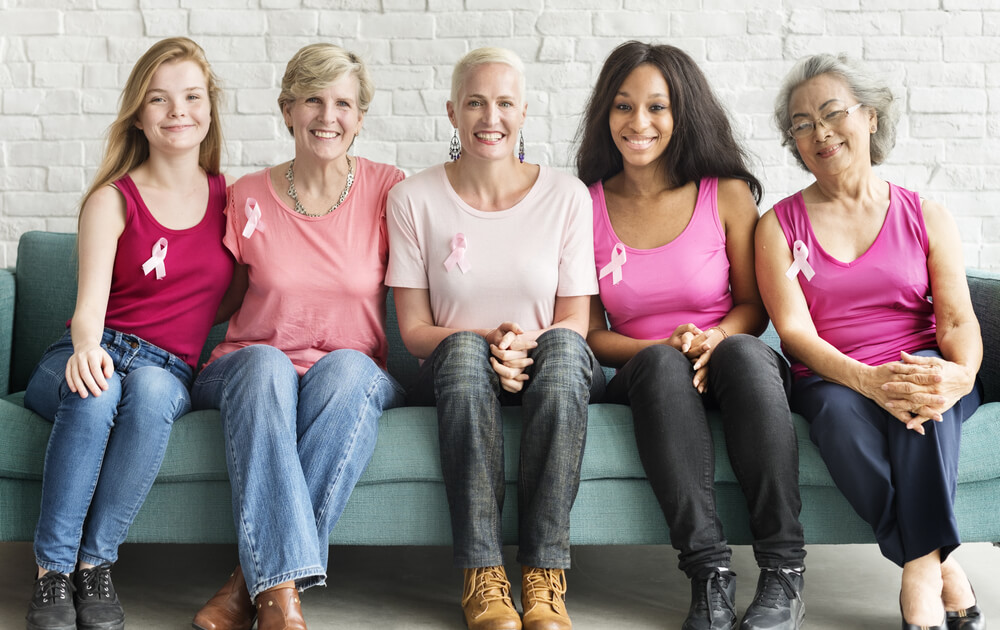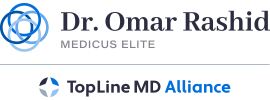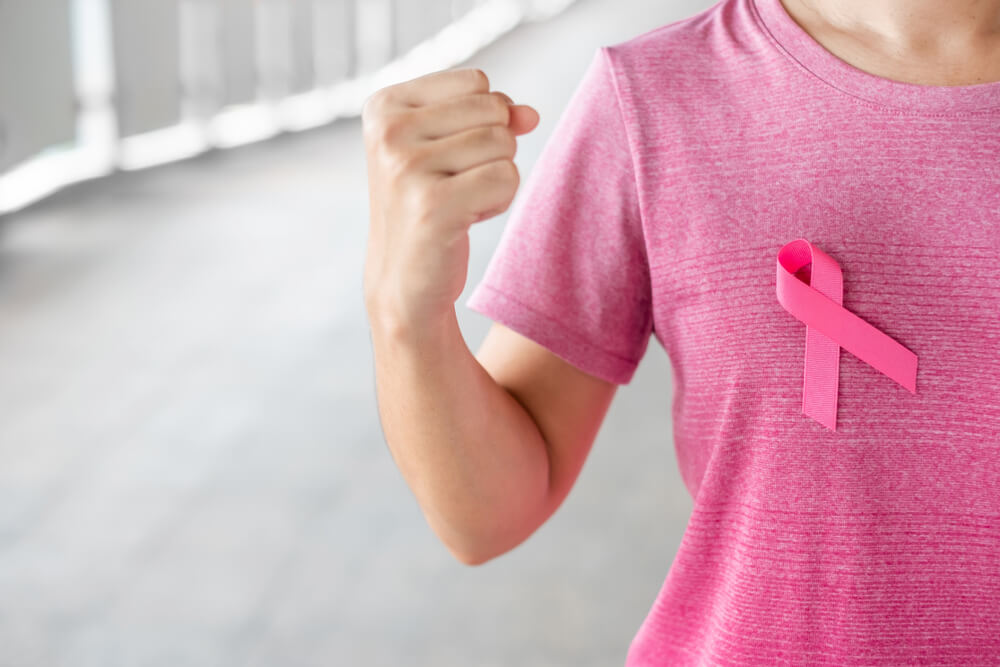Sadly, most people might find it difficult to separate fact from fiction regarding breast cancer myths unless they’ve actually been diagnosed with the disease or know someone who’s battled it.
This might be a bit surprising, as breast malignancies are among the better-known diseases; still, there are many cancer myths revolving around this disease.
As a part of the upcoming breast cancer awareness month, this blog post aims to tackle the most prevalent breast cancer myths and help everyone get their facts straight regarding the types of breast cancer, the most common breast cancer symptoms, and possible treatment options.
Breast Cancer Myth Number One: Those Without a History of the Disease won’t Get It
The truth is the majority of patients with a breast cancer diagnosis had no previous family history with the malignancy. This suggests that when developing the disease, other factors might be at work, like lifestyle and environment, instead of solely genetics. Still, experts don’t exactly know why someone gets breast cancer, and others don’t. The two biggest risks are aging and being a woman.
Lastly, genetic factors also play a role in developing the malignancy. They should be taken seriously as it will mostly raise the likelihood of dealing with a type of breast cancer.

Cancer Myth Number Two: A Healthy Lifestyle will Prevents Breast Cancer
Even though exercise, weight management, and a healthy diet can all lessen the risk of developing cancer, they can’t eliminate the possibility.
Unfortunately, cell mutations can happen, whether we’re talking about the breast or other organs such as the lungs, pancreas, liver, kidneys, etc. Sadly, most breast cancer cases are usually caused by factors we can’t control, and it’s not the patient’s fault if they develop a cancerous mass.
Breast Cancer Myth Number Three: Wearing Bras can lead to Cancer
There’s no evidence that would support these claims. There have been speculations that wearing underwire bras can restrict lymph fluid flow out of the breast that may lead to malignancies; however, scientific studies found no link between breast cancer and bras.
Myth Number Four: There’s a Link Between Breast Cancer and Underarm Antiperspirants
As of now, there’s no actual evidence that would support this connection. Still, we have to mention that the safety of these compounds is still under scientific scrutiny. This myth about breast cancer states that these antiperspirants that contain chemicals and aluminum get into the lymph nodes, reaching breast cells.
Studies nor breast cancer symptoms show no evidence that would support these claims. Still, some studies did suggest that those women who use these compounds under their arms might have higher aluminum concentrations in their breast tissue.
Myth Number Five: Putting a Cell Phone in Your Bra can Lead to Breast Cancer
Again, there’s no scientific evidence to support this, but the safety of cell phones is still being studied. This is one of those myths about breast cancer that gained a lot of media hype and has been the topic of popular shoes like the Dr. Oz Show. Still, scientific research simply isn’t capable of supporting these claims.
Again, the effects of the radiofrequency radiation emitted by our phones and their impact on our bodies are still being studied, but so far, no cancer links have been established.
Cancer Myth Number Six: Increased Sugar Consumption can Cause Breast Cancer
There’s no reliable evidence that suggests that eating a diet high in sugar can lead to the development of breast cancer symptoms or speed up the growth of the cancerous tissue.
There was an older study that found a link between excess sugar intake and a suggested increased risk of developing breast cancer in mice. Still, more research is required to establish a similar connection in people.
On the other hand, it’s known that being overweight can increase the risk for breast cancer, and some studies have also established a link between diabetes and the disease. Still, it’s vital to maintain a healthy weight and cut down on refined sugars and processed foods.
Myth Number Seven: When You Have Breast Cancer, You can Always Feel a Lump
Unfortunately, the malignancy won’t always cause a lump, especially when it develops. Also, people will often say that if there is a lump, it’s not cancerous when it causes pain. The truth is, whenever women feel a lump in their breasts, they should always get it checked by a professional to establish a diagnosis and rule out severe diseases such as breast cancer.
Myth Number Eight: The Different Types of Breast Cancer are All Treated The Same
Treatment plans will usually vary highly depending on the type of breast cancer diagnosed. When it comes to treatment, factors such as the tumor’s location, stage, the cancer’s grade, its effects on hormone receptors, and a myriad of other aspects will be assessed to create the most efficient treatment plan.
Myth Number Nine: Breast Cancer will only Occur in Older and Middle-aged Women
In reality, younger women may also develop the malignancy, along with men. Statistics from 20017 show that 4% of invasive breast malignancies developed in women under 40, and 23% were found in women over 50 but under 60. Most breast malignancies were found in women aged 60 to 69 (27%). While 4% may sound insignificant, it means that one in every 25 cases of invasive breast tumors developed in women younger than 40.
Because of this, women should pay attention to every change to their breasts and report anything unusual.
On the other hand, breast cancer may also happen in men. While accounting for less than 1% of all cancerous breast masses diagnosed in the US, it can still occur. Also, these malignancies are often diagnosed in later stages because neither men nor their healthcare professionals think that the issues stem from breast cancer.

Myth Number Ten: When the Tumor’s Removed, the Treatment’s over
Unfortunately, breast cancer may have a long-term impact on well-being and health. Some treatment options may take a year or more, while hormonal therapies sometimes last as long as ten years. Breast reconstruction surgery may require several operations over the course of several months. Patients diagnosed with stage IV breast cancer will require treatment for the rest of their lives.
Even if the treatment does end, some patients will experience lasting symptoms like skin changes, fatigue, tightness and pain, and even menopausal symptoms, depending on the treatment.
Don’t Overlook the Importance of Education
The more we know about a disease, the more we can do to decrease the risk of it developing and the better we can manage if we, unfortunately, develop it. Education regarding breast cancer is essential not just for the patients who suffer from the malignancy but for the ones closest to them as well. That being said, feel free to reach out to Dr. Omar Rashid if you have any concerns or questions regarding breast cancer.


